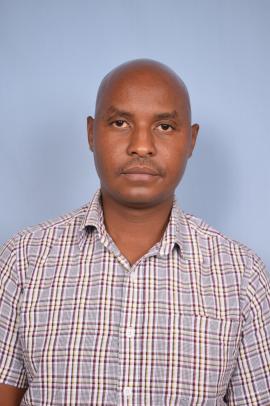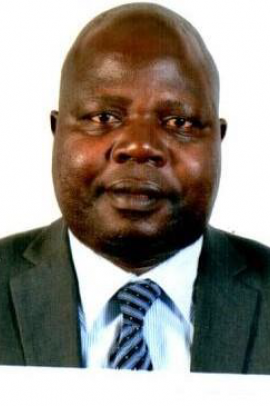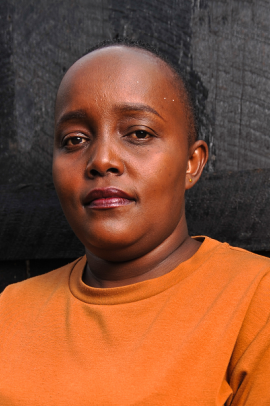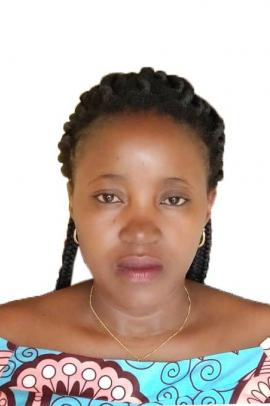Onesmus Mutisya Kituku

A self-driven resourceful civil engineer with extensive experience of 10+ years in managing construction projects from the initial conceptual stage, through feasibility study and detailed design. My capacity to work under pressure and deliver in time has won me the trust of many of my clients. In addition, I am confident in handling all areas of engineering and construction including design of work plans, detailing, and preparations of drawings and schedules management of contracts, cost control, field review, quality control, equipment selection and delivery, site safety among others. Notably my project management expertise is unrivaled. I can engage great client relations, stakeholder engagement, monitoring and evaluation to ensure I have delivered on project expectations.
Project Summary
Performance evaluation of Pedestrian Facilities at Donholm Interchange along Outering Road Nairobi
Research Supervisors
Prof. Sixtus Mwea, Dr.Osano
Under Vision 2030, the Kenyan government recognized transportation infrastructure as enabling fast economic growth. The development of transport infrastructure is fundamental to socio-economic transformation. The study adopted the Highway Capacity Manual (HCM)-based LOS Method and the Pedestrian Level Of Service (PLOS) Model. The study earmarked a section of Outer Ring Road, this being the Manyanja and Donholm overpasses for its field data collection process. This study adopted direct observation (manual count) to collect data on pedestrian traffic on the sidewalks of the study areas. From the study 14,012 pedestrians used the overpass on Monday which was the lowest tally while 16,431 pedestrians were counted on Thursday which was the highest tally. The average time taken to cross the overpass of 60 m long was one-minute meaning that the walking speed 1m/sec which is slightly lower than the normal walking speeds of pedestrians in walkways. The spaces provided per pedestrian was found to be 0.04m2 which according to Hcm Model 2010 is described as LOS F and whose score is less than 25. This score represents the worst pedestrian facility at peak hours. This study therefore recommends construction of two-foot bridges of minimum 2 meters width parallel to the overpasses on both directions which was serious design omission. The foot bridges will improve the performance of the overpasses to the desirable peak period pedestrian flow of LOS C. Further recommendations include provision of lighting and signage at the overpasses.
Links
ICASTOR Journal Of Engineering,Vol.13 No1(2020)1-15




